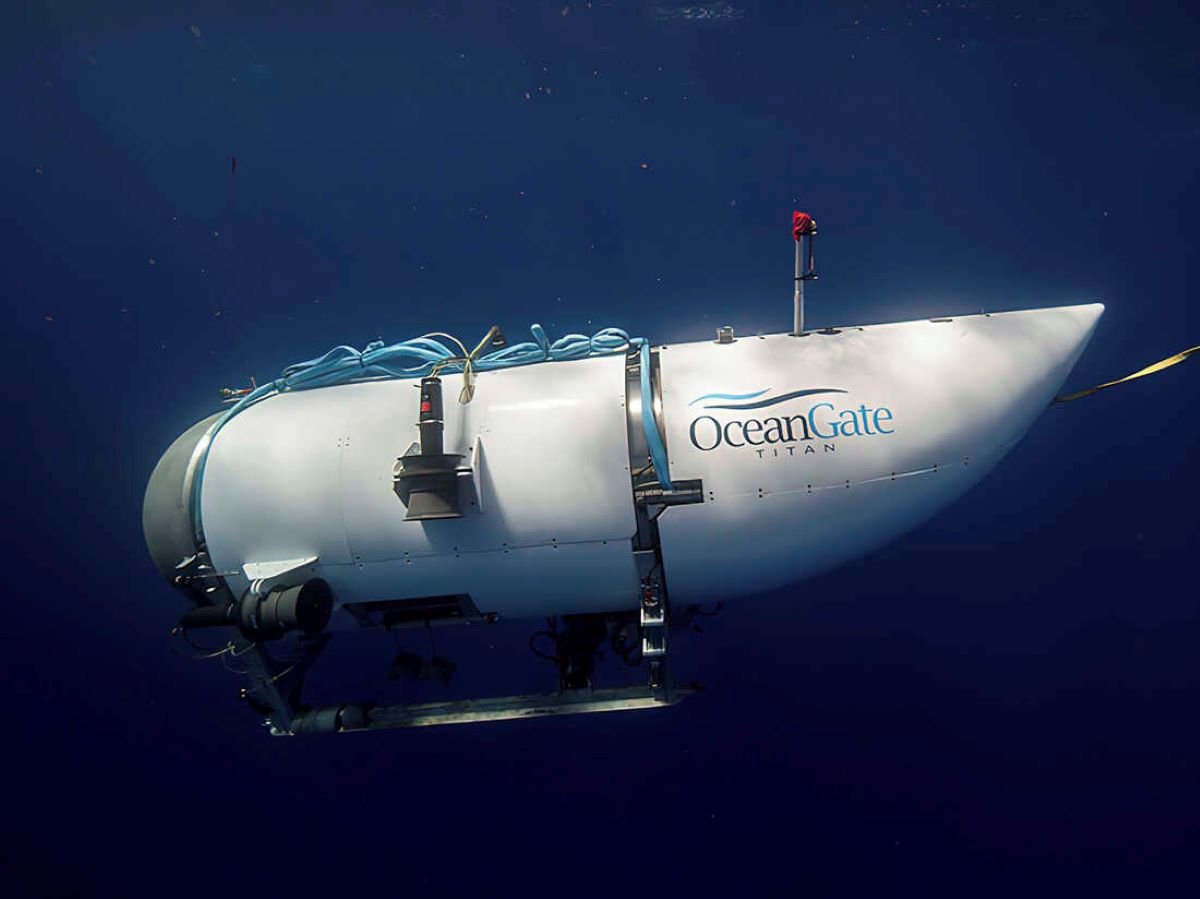The recent disastrous implosion of a submersible near the Titanic, resulting in the loss of five lives, has brought attention to the hazards of extreme tourism and is now influencing the debate around commercial spaceflight regulation. As a Warning for Space Tourism The current regulatory moratorium (a temporary hold), set to expire in October, has prevented the government from establishing rules to protect individuals inside spacecraft during commercial rocket launches. However, as companies like SpaceX, Blue Origin, and Virgin Galactic have successfully flown people into space, still the need for such regulations is being re-evaluated.

There are two main perspectives on extending the moratorium. Some argue that regulations might suppress commercial spaceflight due to insufficient data and trust in government decision-making, potentially slowing down innovation. On the other hand, advocates involved in regulation believe that companies driven by profit may be tempted to cut corners, compromising safety. They argue that the government should develop rules for designing and operating human spaceflight systems.
However, George Nield, president of Commercial Space Technologies, proposes a middle-ground approach. He believes that light-handed regulation, informed by past experiences in human spaceflight (with NASA having a 62-year track record), can balance safety improvements with the development of advanced technologies. He favors the expiration of the moratorium.
Michelle Hanlon, executive director of the Centre for Air and Space Law at the University of Mississippi, initially supported the moratorium’s expiration but now has concerns. She worries that the submersible incident might lead to stricter regulations for human spaceflight and cause a backlash due to taxpayer-funded rescue efforts for wealthy individuals. Additionally, she highlights the need to consider human values and informed consent when addressing safety in space tourism.
Industry experts, such as Greg Autry from Arizona State University, argue that submersible accidents should not be used as reasons to stop the learning process in spaceflight companies. Both Blue Origin and Virgin Galactic have taken safety measures and implemented improvements after discovering issues. They frequently discuss safety matters and strive for continuous improvement in areas like restraints, communications, fire avoidance, life support, and emergency abort systems.
Nield suggests that the federal government should focus on performance-based regulations rather than prescribing specific vehicle designs and operations. He envisions the commercial spaceflight industry collaborating to establish safety standards, which the federal government can later adopt and incentivize. Implementing these standards proactively could prevent knee-jerk reactions to future accidents and foster a culture of safety.
The submersible tragedy has highlighted the risks associated with exploration and may prompt potential space tourists to think twice before embarking on such ventures. Nonetheless, Nield remains confident in the safety cultures of established spaceflight operators like Blue Origin, SpaceX, and Virgin Galactic. While these companies maintain strong safety practices, Nield recognizes the need to encourage similar safety cultures in all space ventures.
In conclusion- the Titan submersible tragedy has sparked discussions about the necessity of regulations in commercial spaceflight. Striking a balance between safety and innovation will be crucial as space tourism continues to evolve in the future.
Some of the similarities that make space travel and ocean traveling very similar are as follows
1) Both experiences happen in tough and unforgiving environments.
2)Both experiences come with a considerable amount of risk.
3)Only a small number of individuals have ever had either experience.
4)The cost of purchasing a ticket for either experience is quite high.
